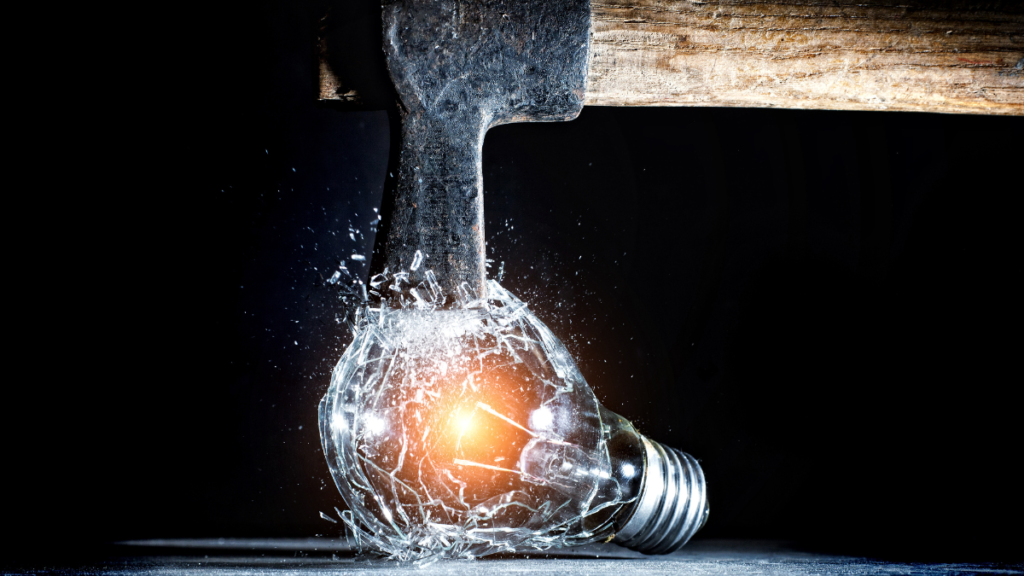Every Tuesday morning, the United States Patent and Trademark Office (USPTO) issues thousands of patents. Many of these patents contain dozens or even hundreds of separate claims, and every one of these claims is like a new federal regulation governing private conduct. This is because any company or individual that creates a product or service described by one of these claims might be liable for damages or subject to an injunction.
A patent is a right to exclude — a right to stop others from engaging in certain types of business. If the USPTO issues a patent on, say, scanning documents to email, no one else is allowed to scan documents to email without getting permission from the patent holder. That prohibition applies even to someone who has never seen the patent, never met the patent holder, or never heard of the patent system at all. That’s why patents are basically regulations: they stop people and businesses from engaging in personal and business activities, often in unexpected and intrusive ways.
The patent system works when it incentivizes innovation that we would not otherwise have without the benefit of a patent. But if patents are given too easily, or too broadly, they become a burden on innovation. Indeed, research suggests that the vast majority of patent cases do not involve copying or free riding. Too often, companies find themselves attacked by overbroad patents in the hands of people who did little or nothing to contribute to the progress of technology. Why are these patents being issued?
The vast majority of patent cases do not involve copying or free riding.
The USPTO does not have the time or the tools to adequately review patent applications. Patents are supposed to be novel and non-obvious compared to the “prior art” — that is, evidence of the state of the art at the time the patent application was filed. The universe of potential prior art is enormous. It includes earlier patents, academic publications, and all products available for sale in the United States. Much of this prior art, especially in software, cannot be easily found in indexed databases and is difficult to precisely date. A patent examiner is given about 18 hours to review a typical patent application, and only some of that time is spent searching for prior art.
Learn More: When fans become creators
Given the staggering range of potential prior art, examiners need more than a few hours to do a decent job. Also, they need better tools. The USPTO focuses on databases of patents and academic journals. This means that examiners usually miss large universes of potential prior art, such as open source software. The end result is patent after patent being issued on technology that already existed, or was obvious when the application was filed.
Compounding these problems, the Federal Circuit (the appeals court that hears all patent appeals) has set the bar too low for getting patented. The court has demanded that patent examiners who make a finding of obviousness cite documentary evidence for each feature in a claim, no matter how mundane or obvious the feature is. But what if the feature is so mundane no one would write about it? The paradoxical result is that the more obvious a feature, the harder it can be to prove obvious. This is how we end up with patents on filming a yoga class or taking a photograph against a white background.
When it comes to determining patent validity, the USPTO is little better than a coin toss.
The Federal Circuit’s pro-patent bias, especially under former Chief Judge Randall Rader, led some scholars to compare it to a “captured” agency: a regulator that has become captured by the interests that it is supposed to be regulating. Indeed, the patent system has many of the features that lead to creeping regulation in other contexts, such as large benefits accruing to narrow interests but with costs that are widely dispersed. In the patent context, this creeping overregulation takes the form of tens of thousands of low quality patents. One researcher estimated that, for software-related inventions, about 50 percent of patents are likely invalid, even under the existing permissive standards for validity. This means that, when it comes to determining patent validity, the USPTO is little better than a coin toss. Imagine if the FDA or EPA had such a low level of accuracy.
Anyone concerned about government overreach should be alarmed by an agency that issues thousands of commands to the public every week with little oversight and only cursory review. Reforming and reigning in the patent system is crucial to making sure that intellectual property promotes innovation, rather than stifling it.




